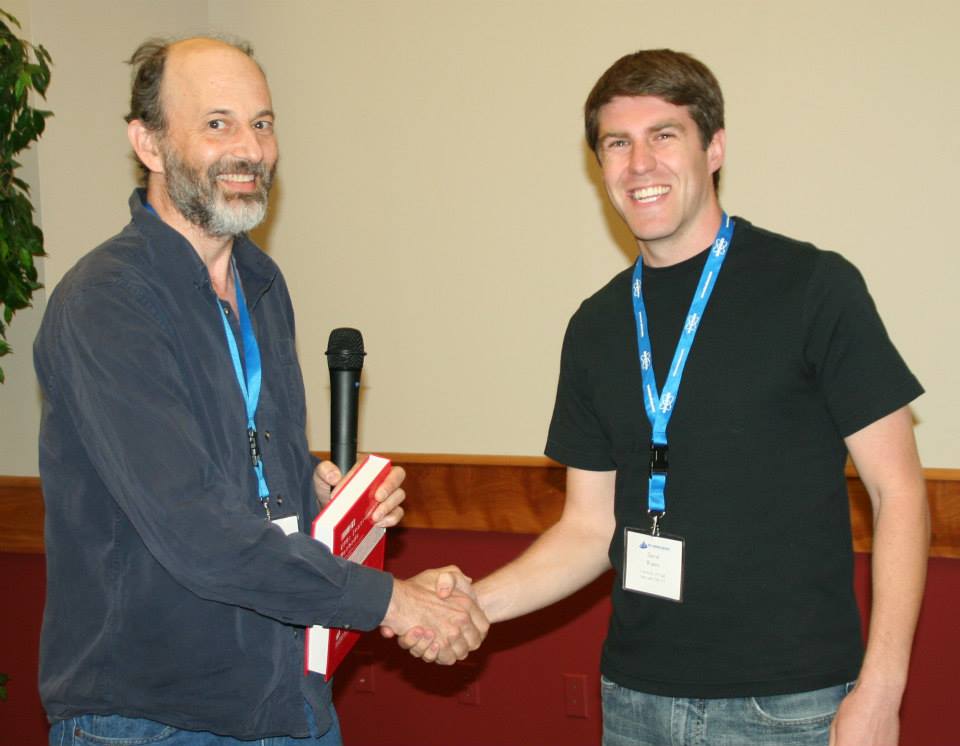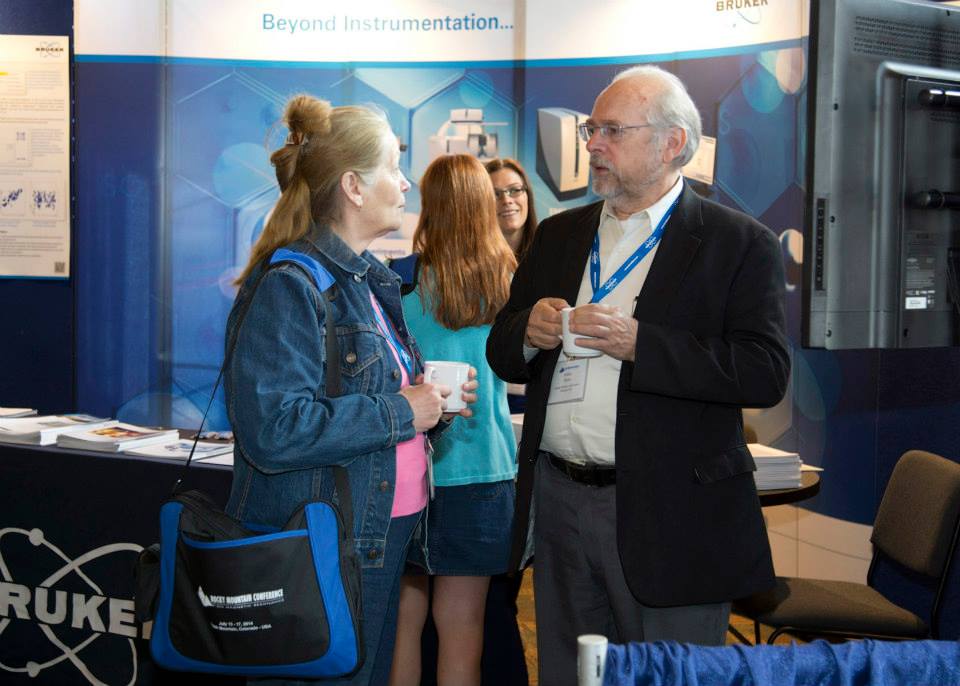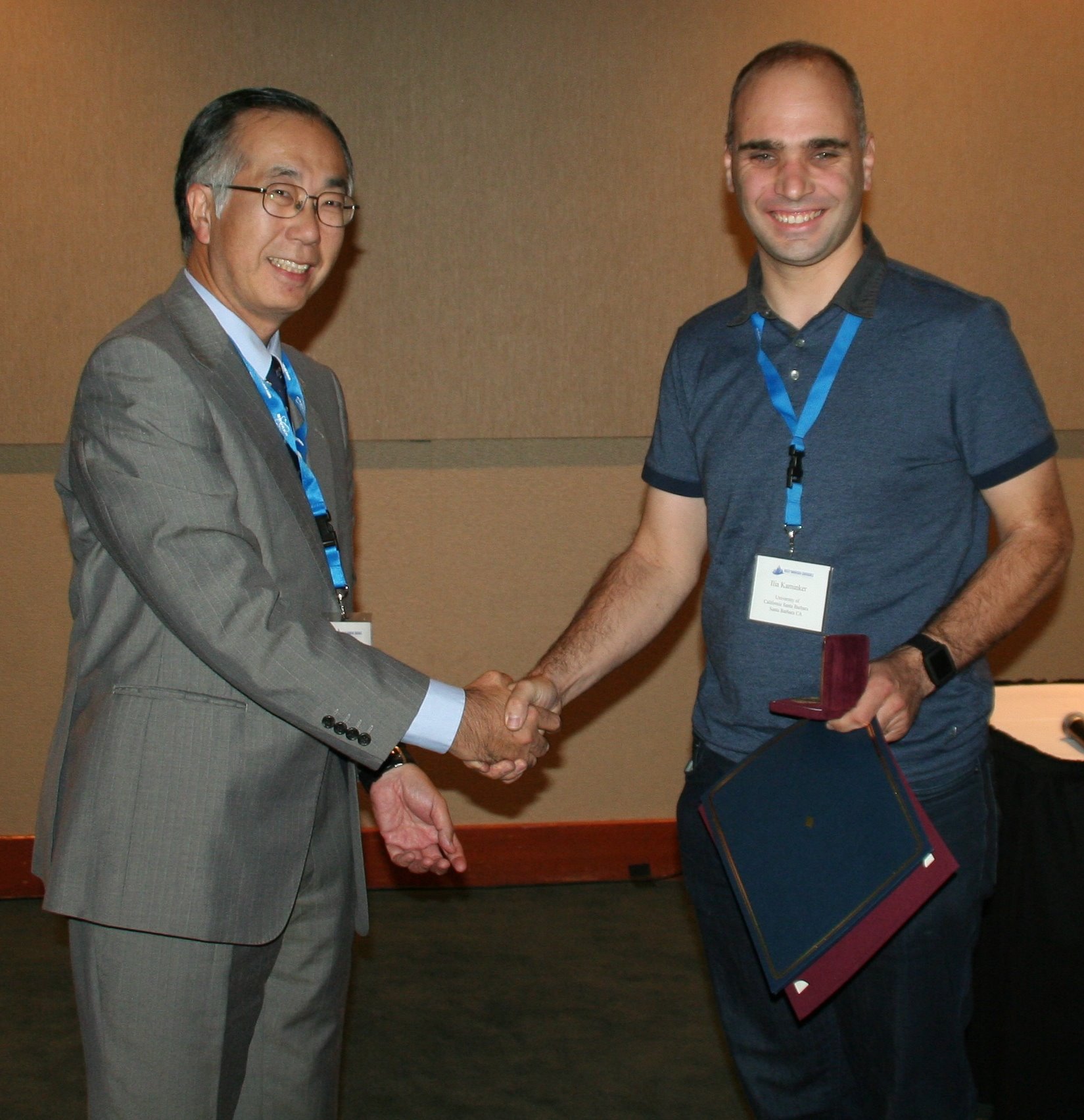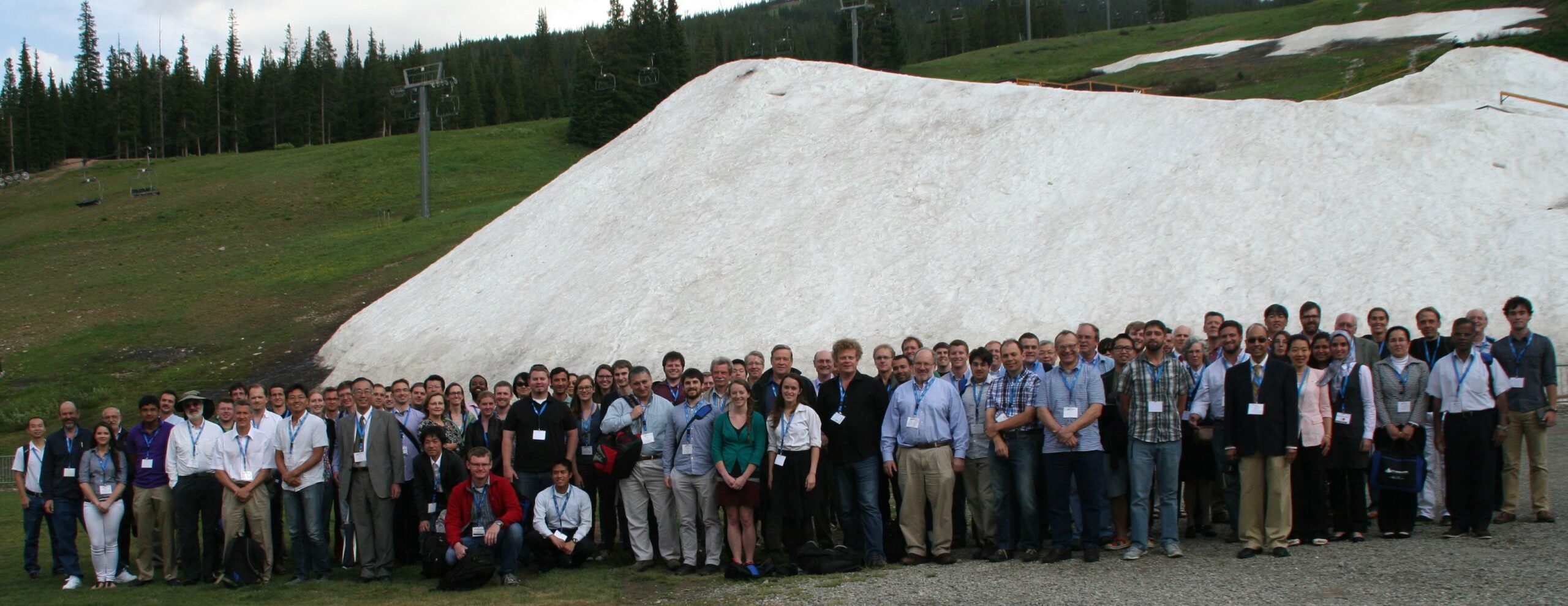Abstract Submission









Submission Deadlines (2025)
- May 15th: oral abstract and student travel award
- June 15th: invited speaker and poster abstract
Notice: The poster abstract deadline has been extended to June 15th.
Overview
If you submit an abstract for oral presentation, you will be notified of the status by a Committee Member in due course.
If you submit an abstract for poster presentation, you will not receive communication from a Committee Member unless there are questions. All relevant posters will be accepted provided the presenter is registered and paid in full for the conference by June 15th, 2025.
Abstracts are submitted via an external service, Govital. Please review the instructions below (also available as a PDF) before submitting.
Instructions for Submission
General
- The presenting author should enter all contact information and ensure that it is accurate.
- Make sure the title is Title-Case, i.e., the first letter of each word is capitalized, excluding articles like "the".
- Rich text formatting may be used for all/most of the fields: title, authors, abstract, etc.
- Graphics will be accepted only if you submit a properly formatted abstract, with its graphics incorporated, via the
upload feature. - If you are having trouble formatting the abstract text using the web interface, you may use Microsoft Word or plain text format and upload the file as an attachment. Use the same font size throughout and be sure to still follow the formatting instructions below!
Authors and Their Locations
- Author names should be listed on one line (fine if it wraps, just no carriage returns), separated by commas.
- The presenting author should appear first, and their name should be underlined.
- Each name should consist of (in order): first/given name, initials, surname.
- Author institutions/businesses should appear as a numbered list (with carriage returns) immediately below the comma-separated list of authors.
- Each institution/business should include a short address following the name.
- The order of the institution/business list should match the order of the author list, and each author's name should have a superscript number to explicitly indicate which institution/business they work for.
Abstract Content
- 300 words or less.
- The abstract should be a single, left-justified paragraph. Do not use extra spaces or carriage returns.
- Do not use ALL CAPITALS unless it is for a trade/registered/other name that requires you to do so.
- Anywhere the title of the abstract appears, make sure to Title-Case it just like when you entered it in the title field.
- Credits, if any, should appear in-line at the end of the abstract, but not as a new paragraph.
- Citations, if any, should appear as a numbered list with carriage returns following the abstract paragraph. Use superscript numbers throughout the abstract to reference the citation list items.
Example Abstract Submission
Title (Entered in the "Title" Field)
Multi-Frequency EPR Analysis of Dipolar and Exchange Interactions Between Managese and Tyrosine In The S2 Yz State of Photosystems II
Authors/Locations (Entered in the "Authors" and "Author Locations" Field)
K.V. Lakshmi,1 Sandra S. Eaton,2 George H. Johanssen,3 and Helmut Schmidt.4
1. Yale University, Department of Chemistry, New Haven, CT 06520-8107
2. University of Denver, Department of Chemistry, Denver, CO 80208-2436
3. University of Southern Denmark, Department of Physics and Chemistry, 5230 Odense M, Denmark
4. University of Leipzig, Institute for Experimental Physics II, Leipzig, 04103 Germany
Abstract Content (Entered in the "Abstract" Field)
Acetate-inhibited photosystem II, upon room temperature illumination, exhibits a 240 G wide X-band EPR signal at 10 K.1 This EPR signal arises from an interaction between the S2 state of the Mn4 cluster and an oxidized tyrosine residue, Yz.2 In the present study, the exchange and dipolar interactions between the two paramagnetic species are simulated at X and Q-band frequencies utilizing second-order perturbation theory.3 The positions and relative intensities of the hyperfine lines in the S = 1⁄2 S2 -state multiline EPR signal are accurately simulated by including g- anisotropy and four sets of axially symmetric 55Mn hyperfine tensors. These parameters are then used to simulate the dipolar and exchange interactions giving rise to the broad experimental S2 Yz EPR signal at X and Q-band frequencies. A precise distance determination between the Mn4 Cluster and Yz in the O2-evolving complex better enables us to elucidate the direct involvement of Yz in water-oxidation chemistry. Supported by NIH GM32715 and GM36442 (Yale) and NIH GM21156 (Denver).
1. Boussac and Rutherford, Biochem., 1988, 27, 3476.
2. Tang et al., J. Amer. Chem. Soc., 1996, 118, 7638.
3. Eaton et al., J. Magn. Res., 1983, 52, 435.
